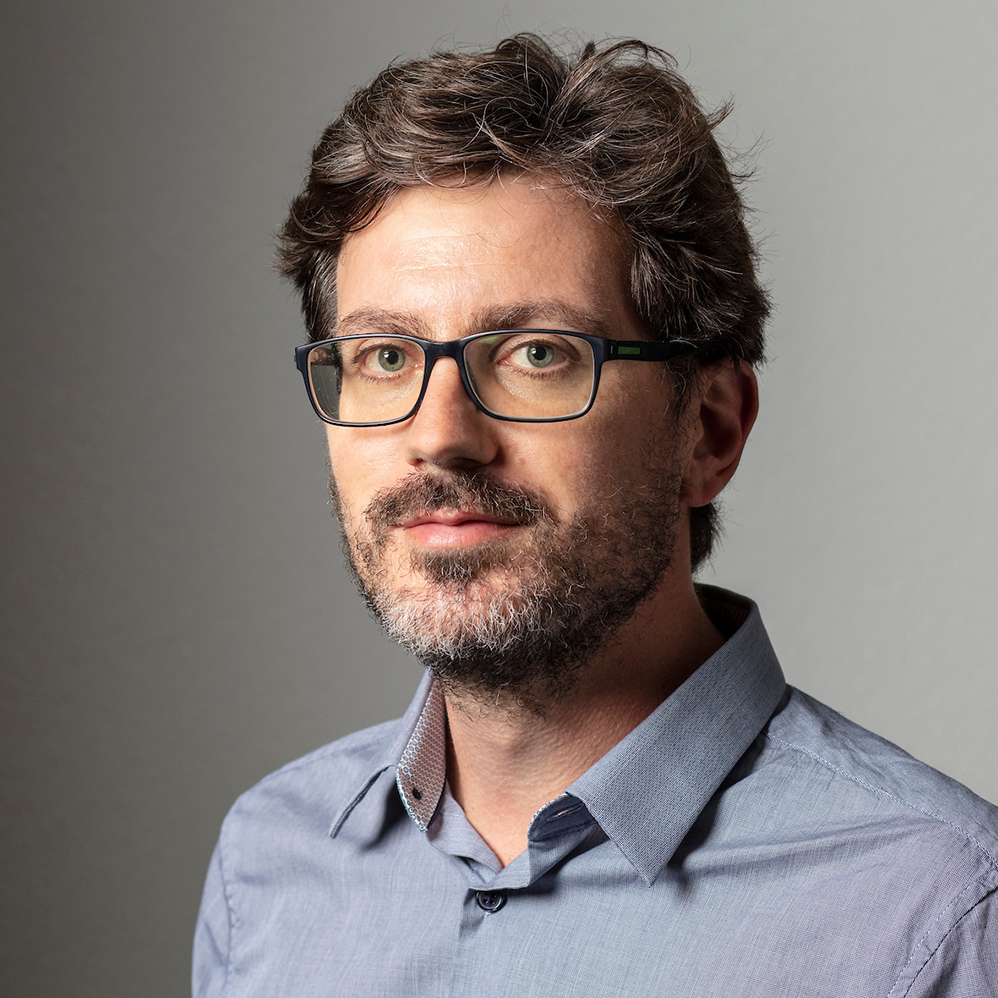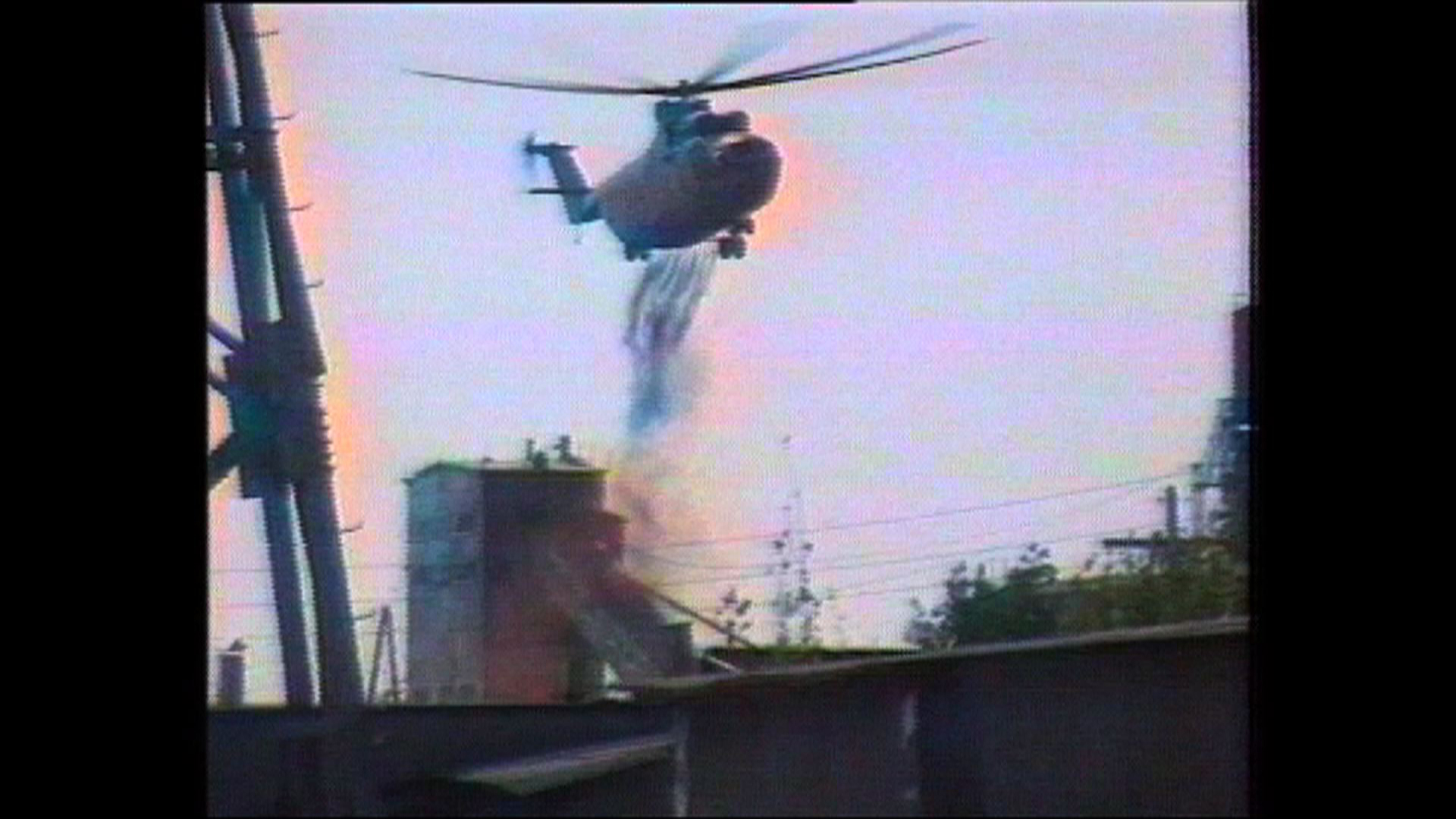Chernobyl – 25 years on

In the past weeks the explosion at Japan’s Fukushima nuclear power plant following a devastating earthquake and tsunami has dominated the news.
Initially reports compared the incident to the Chernobyl disaster which happened 25 years ago on April 26 in the north of Ukraine, then part of the Soviet Union.
At that time, the radiation cloud swept across Europe from the Chernobyl plant with no regard to national borders. Extraordinarily high radiation levels were measured from Finland to Italy.
Perhaps the country worst affected at the time of the explosion and still dealing with its legacy is Belarus, with its border only a few kilometres from the nuclear plant.
Thousands of people were evacuated from towns and villages in southwestern Belarus. In Bragin, the largest town in the area and 35 kilometres from Chernobyl, two-thirds of the local population were re-housed in the capital Minsk or in larger towns. Few of the ten thousand evacuees have returned.
swissinfo.ch paid a visit to the area in March.
Twenty-five years after the Chernobyl disaster there are still constant reminders of the devastation caused by the explosion.
All around are deserted villages. There is an eerie stillness on the roads. Hundreds of homes stand in ruins with trees and bushes growing out of their roofs.
On Lenin Square, in Bragin town centre, there is a monument to Vasiliy Ignatenko, the first local fireman to arrive at Chernobyl following the explosion. He died 14 days later. Alongside this bust are large plaques in memory of the 12 local villages that were completely flattened following the disaster.
Health matters
Thanks to the generosity and skills of Switzerland’s humanitarian relief programmes, people living in these worst-affected areas have managed to resume a relatively normal life.
Swiss assistance to Belarus focused on the regions most affected by radiation. A lot of time, money and energy has been invested in educating families about the possible dangers.
Zhanna Chubsa is the Bragin district representative for the NGO Green Cross Switzerland, which has been offering local support for almost 17 years.
Chubsa was 11 at the time of the Chernobyl explosion. Her family was one of the few that stayed on in Bragin after the disaster. She now runs mother and child groups and family clubs where the focus is on supporting and educating the community about health safety.
“People want to understand,” she said. “If they bring fruit from the forest they want to know where to take it to check for radiation. Or if they grow potatoes in their gardens they want to understand how to decrease the risk of contamination.”
There are still some adults who do not take the advice as seriously as they should, but here Zhanna has the full support of the younger generation.
“If a mother does not follow the advice I often find it’s the children who speak up,” she said. “There have been numerous occasions during home visits where I have heard a child say, ‘Mama, you have to wash the potatoes properly and boil the meat first.’”
Families can receive a full medical check two or three times a year and there are district laboratories where the local community can check groceries for possible radiation levels and receive advice.
Scientists believe the soil in the surrounding area to Chernobyl still poses a health threat and it could take up to 300 years for caesium 137, which is an element of radioactive fallout, to be completely removed from the ground.
Signs appear all along the roadside and at openings to forests warning people of the dangers of radiation in the soil. People are advised not to pick wild mushrooms and berries and not to hunt wild animals for food.
Rebuilding a community
The Swiss Agency for Development and Cooperation (SDC) has also played a vital role in rebuilding the southwestern region of Belarus. Its ten-year programme, which ended in November 2010, helped to improve the local infrastructure and strengthened healthcare facilities and the emergency services.
The SDC donated ultrasound diagnostic equipment to the local hospital in Bragin and provided schools with new computers, high-speed internet connections and workshops to help young people become computer literate.
“These young people were suddenly able to create their own websites and for the first time communicate with the outside world and tell everybody what was happening there,” said Slava Kulchytski, project manager of SDC programmes.
Agricultural development has also been very important in this rural region of Belarus. Lack of social and economic opportunities made people passive and dependent on social handouts. The SDC assisted rural populations to produce non-contaminated local foods and led to a 25 per cent growth in income.
However, the SDC’s greatest achievement has been its contribution to the development of the International Rescuers’ Training Centre (IPPK) near the capital, Minsk.
“Former Swiss Army trucks were converted into bespoke vehicles for training and rescue,” said project manager Kulchytski.
“The centre has already trained rescue teams from more than 15 countries, including three EU member states, and is considered one of the best in eastern Europe.”
The disaster at Chernobyl’s nuclear power plant led to large-scale contamination and loss of lives. The catastrophe will have a fundamental impact on society for decades to come.
But aid projects in some of the worst-affected areas have allowed families to once again take control of their lives and communities to look positively to the future.
The explosion at the Chernobyl power station and subsequent fires inside the remains of the reactor caused a radioactive cloud which drifted over most of Europe.
However, initial evidence that there had been a major release of radioactive material came not from sources in the former Soviet Union, but from Sweden.
On April 28th, two days after the Chernobyl disaster, radioactive particles were registered on the clothes of workers at Forsmark Nuclear Power Plant, 120 km north of Stockholm and approximately 1100 km from the explosion site.
It was Sweden’s search for the source of radioactivity that led to initial indications of a serious nuclear issue in what was then the Western Soviet Union.
The foundation Green Cross Switzerland was established in 1994. Two years earlier during a UN conference in Brazil, Mikhail Gorbachev called for a “Red Cross of the Environment”. This led to the formation of Green Cross International. The former president of the Soviet Union still heads up the organisation today, which has branches in more than thirty countries.
Green Cross Switzerland has focused much of its activity on its Legacy Programme. This work is characterised by fast, direct, and effective help to self-help activities on site.
The disaster at the nuclear power plant in Chernobyl led to the contamination of large areas. Thousands of people are still affected today. In Belarus, Russia and the Ukraine, the local Green Cross offices regularly organise therapy camps for children and young people.
The organisation believes living in fresh and clean air, eating unpolluted food and receiving comprehensive care for at least four weeks can strengthen the immune system and psyche. Before and after the camps, mobile teams of physicians continue to care for the children.

In compliance with the JTI standards
More: SWI swissinfo.ch certified by the Journalism Trust Initiative
















You can find an overview of ongoing debates with our journalists here . Please join us!
If you want to start a conversation about a topic raised in this article or want to report factual errors, email us at english@swissinfo.ch.